Gold marble bristlenose catfish - Ancistrus claro
Scientific name: Ancistrus claro
Common name: Gold marble bristlenose catfish
Family: Loricariidae
Usual size in fish tanks: 6 - 9 cm (2.36 - 3.54 inch)
014
Recommended pH range: 6.2 - 7.5
Recommended water hardness: 6 - 20°N (107.14 - 357.14ppm)
0°C 32°F30°C 86°F
Recommended temperature range: 24 - 28 °C (75.2 - 82.4°F)
The way how these fish reproduce: Spawning
Where the species comes from: South America
Temperament to its own species: peaceful to females
Temperament toward other fish species: peaceful
Usual place in the tank: Bottom levels
Short description
Ancistrus claro — often sold as the Gold Marble Bristlenose, Claro bristlenose, or LDA08 — is a small, attractive Ancistrus from clear, fast-flowing streams of Mato Grosso, Brazil (upper Paraguay basin). It stays compact (about 6–9 cm), making it ideal for mid-sized community aquaria. Generally peaceful, but adult males are territorial toward rival males, so provide multiple snug caves and line-of-sight breaks.
Origin
South America – Brazil: upper Paraguay drainage (Mato Grosso), in clear, well-oxygenated tributaries with rock/sand bottoms and moderate current. Aquarium setups that emulate a riverine environment with good flow and oxygenation suit this species best.
Food and feeding
A biofilm/aufwuchs grazer with omnivorous tendencies. Offer sinking algae/spirulina wafers and quality catfish pellets as staples; supplement with blanched vegetables (zucchini, cucumber, spinach) and small portions of frozen/live foods (cyclops, daphnia, bloodworms, finely chopped shrimp). Allow some controlled algal film to develop on smooth rocks. A piece of driftwood is helpful for grazing and fiber, though this species is not a true wood-eater like Panaque.
Sexing
Males develop prominent fleshy tentacles on the snout and often stronger cheek/flank odontodes. Females may show short tentacles along the snout edge or none; they are typically rounder when gravid.
Breeding
A classic cave spawner. Provide tight caves/tubes with only one entrance. The female lays a clutch deep inside; the male guards and fans the eggs until hatching (usually ~4–6 days, depending on temperature). Larvae absorb their yolk for another ~7–10 days; once they emerge, offer powdered algae foods, crushed wafers, and later baby brine shrimp or cyclops. Keep oxygen high and water very clean.
Lifespan
With good husbandry expect 6–10 years (5–8 je konzervatívny odhad).
Behavior & compatibility
Peaceful community bottom-dweller. Keep singly or with multiple individuals only if you can provide several caves and partitions to reduce male–male disputes. Excellent with small to medium peaceful fishes (tetras, rasboras, dwarf cichlids) and non-competing catfish. Avoid mixing with large, aggressive plecos that may outcompete or harass them.
Tank requirements
- Tank size: 70–100 L for a single specimen; larger volumes for groups.
- Aquascape: fine sand/rounded gravel, smooth stones for grazing, multiple snug caves/ceramic tubes; driftwood optional.
- Flow & oxygen: moderate water movement with strong aeration; keep nitrate levels low.
- Water: pH 6.2–7.5 (slightly acidic to neutral), soft to moderately hard; temperature ideally 24–28 °C.
- Maintenance: frequent water changes and a clean substrate; avoid overfeeding to preserve biofilm without excess detritus.
Pictures
Bought by aqua-fish.net from jjphoto.dk.
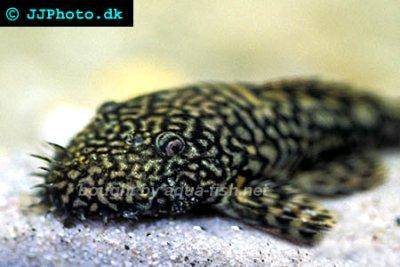


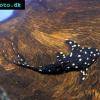 Adonis
Adonis 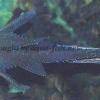 Lyre
Lyre 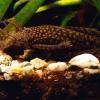 Bristlenose
Bristlenose 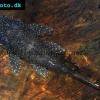 Bushymouth
Bushymouth  Spotted
Spotted 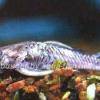 Medusa
Medusa 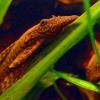 Bristlenose
Bristlenose 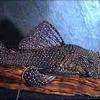 Starlight
Starlight 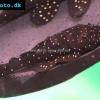 Spotted
Spotted 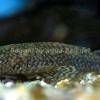 Catfish
Catfish 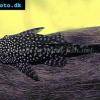 Bushynose
Bushynose 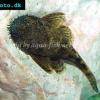 Bristlenose
Bristlenose 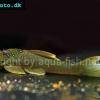 Green
Green 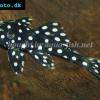 LDA-33
LDA-33 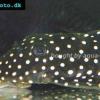 Snowflake
Snowflake 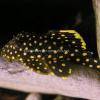 Gold
Gold 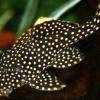 Gold
Gold 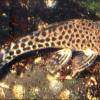 Bulldog
Bulldog 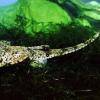 Dasyloricaria
Dasyloricaria 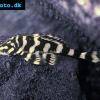 Butterfly
Butterfly 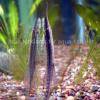 Whiptail
Whiptail 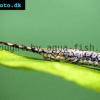 Amazon
Amazon 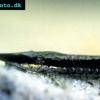 Twig
Twig 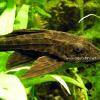 Spotted
Spotted 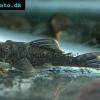 Spotted
Spotted 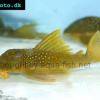 Lemon
Lemon 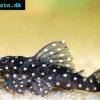 Pleco
Pleco 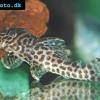 Peruvian
Peruvian 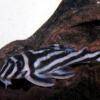 Zebra
Zebra 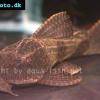 Pleco
Pleco 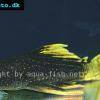 Hypostomus
Hypostomus 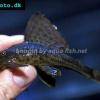 Pleco
Pleco 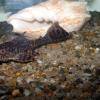 Suckermouth
Suckermouth 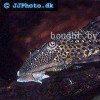 Spotted
Spotted  Woodeating
Woodeating 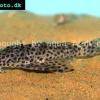 Golden
Golden 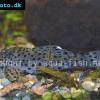 Sultan
Sultan 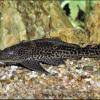 Multiradiatus
Multiradiatus 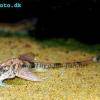 Marbled
Marbled 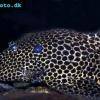 Pleco
Pleco 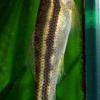 Dwarf
Dwarf 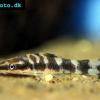 Dwarf
Dwarf 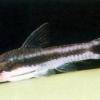 Dwarf
Dwarf 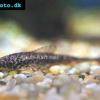 Oxyropsis
Oxyropsis 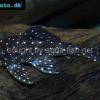 Orange
Orange 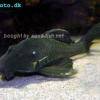 Blue
Blue 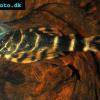 Clown
Clown 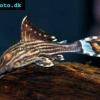 Royal
Royal 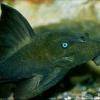 Blue
Blue 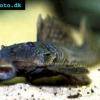 Rubber
Rubber 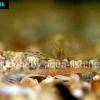 Goby
Goby 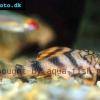 Wormline
Wormline  Para
Para  Tiger
Tiger 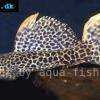 Leopard
Leopard 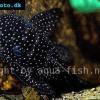 Spiny
Spiny 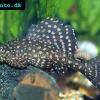 Marbled
Marbled 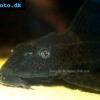 Amazon
Amazon  Common
Common 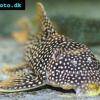 Sunshine
Sunshine 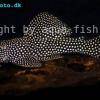 Golden
Golden